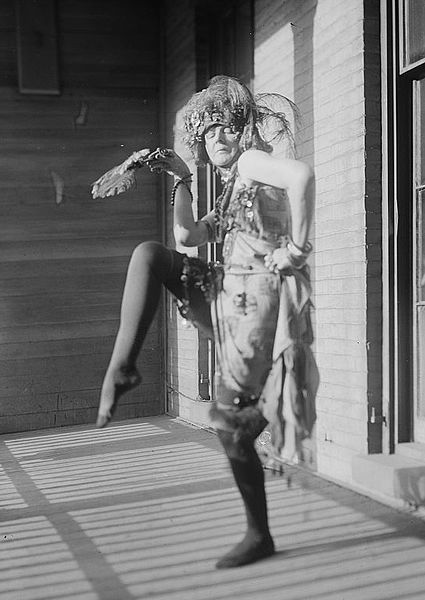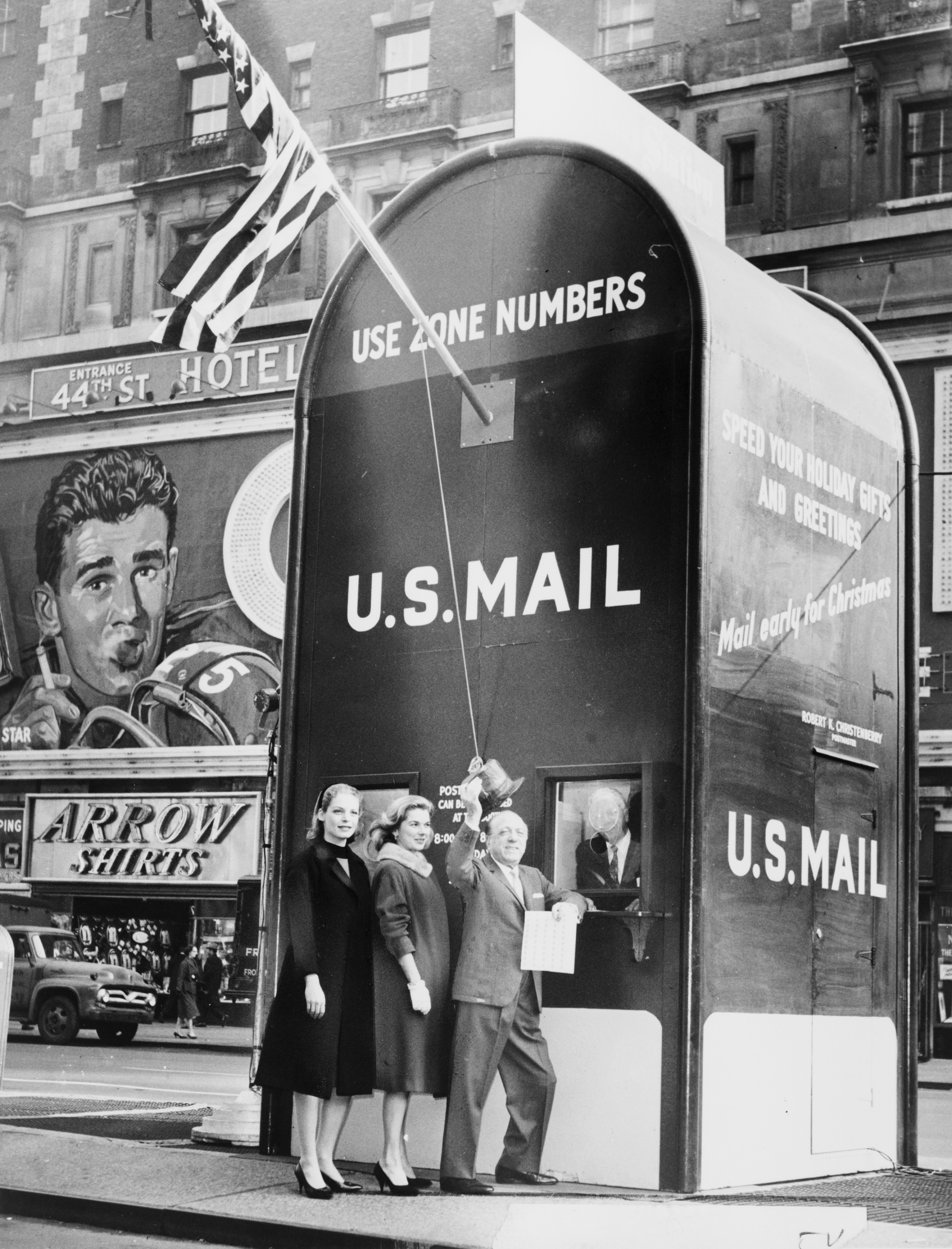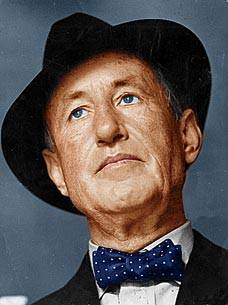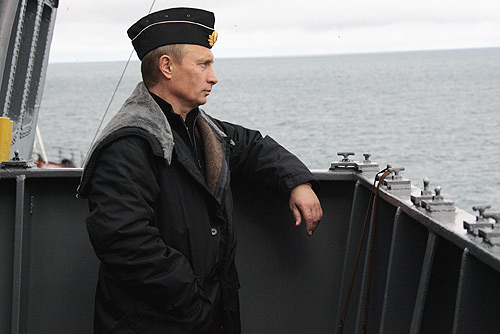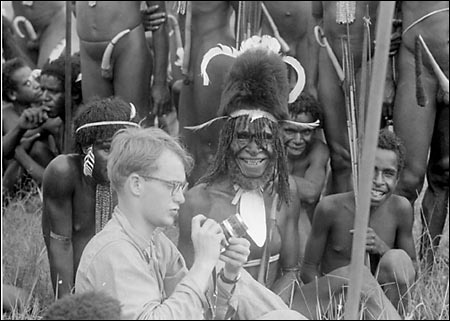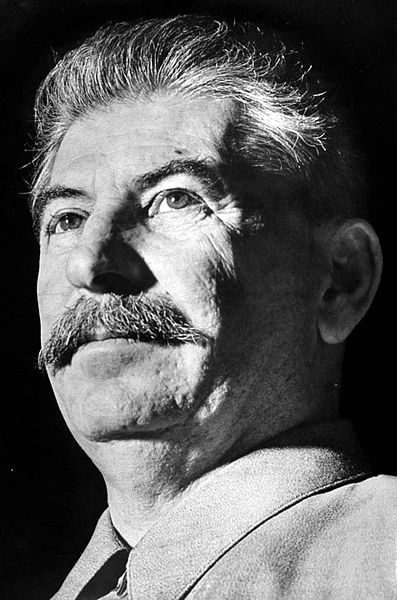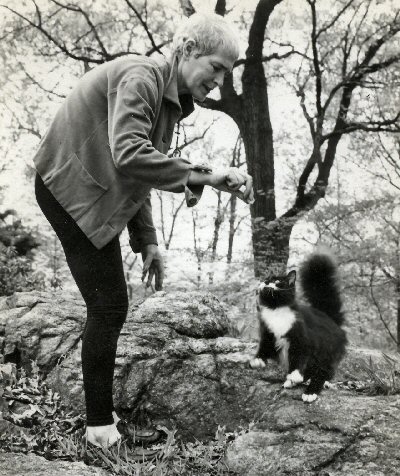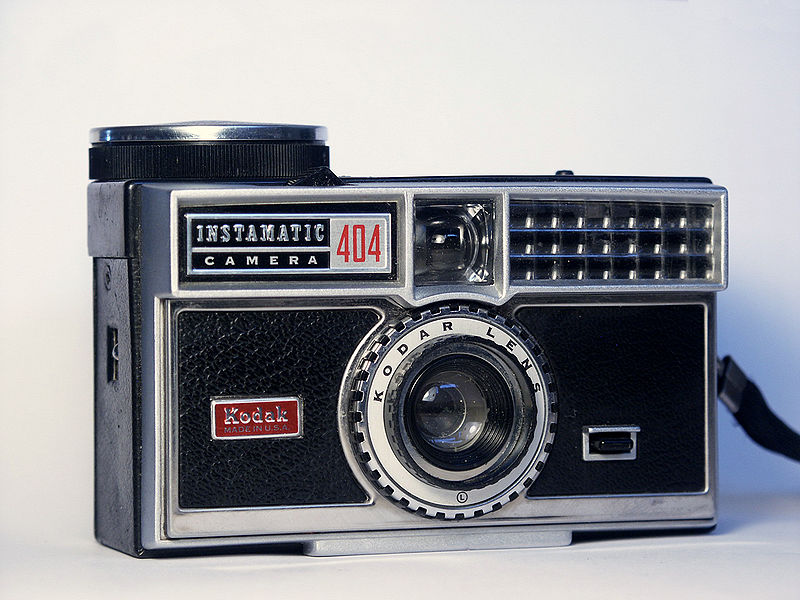From a recent Drake Bennett Businessweek article about David Graeber, the anarchist anthropologist who is one of the more intriguing anti-leaders of the OWS movement:
“Graeber is a 50-year-old anthropologist—among the brightest, some argue, of his generation—who made his name with innovative theories on exchange and value, exploring phenomena such as Iroquois wampum and the Kwakiutl potlatch. An American, he teaches at Goldsmiths, University of London. He’s also an anarchist and radical organizer, a veteran of many of the major left-wing demonstrations of the past decade: Quebec City and Genoa, the Republican National Convention protests in Philadelphia and New York, the World Economic Forum in New York in 2002, the London tuition protests earlier this year. This summer, Graeber was a key member of a small band of activists who quietly planned, then noisily carried out, the occupation of Lower Manhattan’s Zuccotti Park, providing the focal point for what has grown into an amorphous global movement known as Occupy Wall Street.
It would be wrong to call Graeber a leader of the protesters, since their insistently nonhierarchical philosophy makes such a concept heretical. Nor is he a spokesman, since they have refused thus far to outline specific demands. Even in Zuccotti Park, his name isn’t widely known. But he has been one of the group’s most articulate voices, able to frame the movement’s welter of hopes and grievances within a deeper critique of the historical moment. ‘We are watching the beginnings of the defiant self-assertion of a new generation of Americans, a generation who are looking forward to finishing their education with no jobs, no future, but still saddled with enormous and unforgivable debt,’ Graeber wrote in a Sept. 25 editorial published online by the Guardian. ‘Is it really surprising they would like to have a word with the financial magnates who stole their future?'”
••••••••••
Graeber in conversation with that avuncular capitalist, Charlie Rose;



